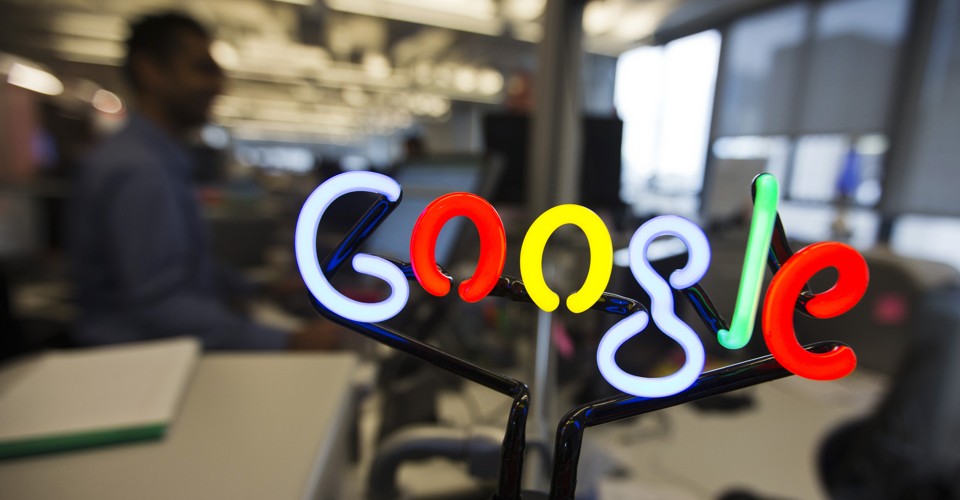So it was ten years ago this month I wrote two posts about one Dylan M. and the sudden disabling of his Google account over some photos (under the titles “When ‘the cloud’ delivers a thunderstorm” and “Warm bodies are still smarter than silicon (When ‘the cloud’ delivers a thunderstorm, part 2)“). The first post concluded with the advice to back up data on USB flash drives and use optical discs for long term archival, while the second post discussed more of the aftermath and how it’s a bit heavy handed for Google to disable an entire account over just one image which arguably isn’t even their business unless it’s being shared with the public.
Everything in both of those posts is still true today, more or less. There’s been an unfortunate move away from optical discs, and it’s a bit harder to find recordable CD and DVD media these days. As for me, I was lucky. Some time ago I was able to buy both the drive and discs I’m using at Target. (I find it easier to use an external DVD-R drive due to the arrangement of my laptop on my desk.)
I’m not sure if Target is still selling the drives or the media. I do remember the last Walgreens I checked was not selling any optical disc media at all. They also weren’t selling USB flash drives either, so it may just have been that one store. I don’t particularly like buying from Amazon when I can avoid it, but they appear to be selling both the drives and media. Best Buy was selling at least the drives online as well.
Unfortunately this move to obsolete optical disc media goes back to Apple and their sudden refusal to put optical disc drives in their computers. On a laptop I can kind of get it, as space is precious and there is the option of an external drive (like the one I’m using). On a desktop, though? Space is not the issue, though I can see forgoing an optical media drive for cost reasons (especially if the money saved is instead going toward a larger SSD, more RAM, or more CPU).
I also mention my luck with failing USB drives. I have since had a few more USB drives fail on me, and at least two or three SD cards give up the ghost. For short-term copies, they might be good enough, especially given how hard it can be to archive larger files on optical discs. (Though, as I write this, external Blu-Ray recorders have come down to around $100-$150. Of course, the media can still be expensive. My spot price check shows a 10-disc spindle of 100GB BD-XL at $52, or $5.20 per disc, from one supplier.)
The key lessons remain the same. If it’s important, make backup copies. Make and use multiple accounts for cloud-based services if your situation warrants (and the terms of service allow). If you go this route, you should have one for the mainstay of your personal then activities, one or more others for riskier activities. Keep them separate, ideally using separate computers or devices and never mixing them up.
You should not assume anything is private when companies like Google, Microsoft, Apple, Amazon, Adobe, etc are running the service. Companies often analyze and use your data to figure out what kinds of ads to serve you elsewhere (particularly in the case of Google and Microsoft).
Finally, if you can’t touch it (or the device it is stored on), you don’t really own it. Sometimes this is close to unavoidable (email and web hosting in particular, at least for the majority of people). Still, back up your email and, if you have one, your website. (Don’t forget to also make a copy of the database if your site has one.)
It’s really unfortunate that things really haven’t changed on this front. If anything, I think the situation has gotten worse.
They used to teach an actual computer literacy course as part of the middle school curriculum. (The school I went to for sixth grade would have had me take a full semester of typing–on typewriters!–as a prerequisite to the actual semester of computer literacy. Thankfully, the school I was transferring to did not.) Now, the technology literacy (as it is called now) is woven into other courses. As an acknowledgement of the increasing role technology is playing in our lives, this makes sense.
I do remember learning about backups and things like ethics as part of computer literacy. I’m not sure if today’s students still learn about these things. (Of course, I would hope they still are.)


